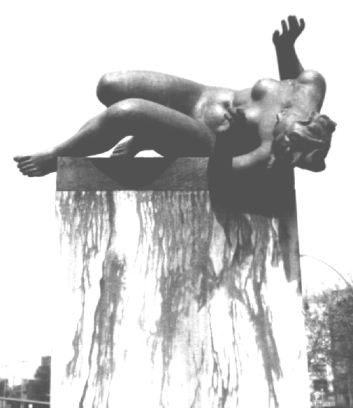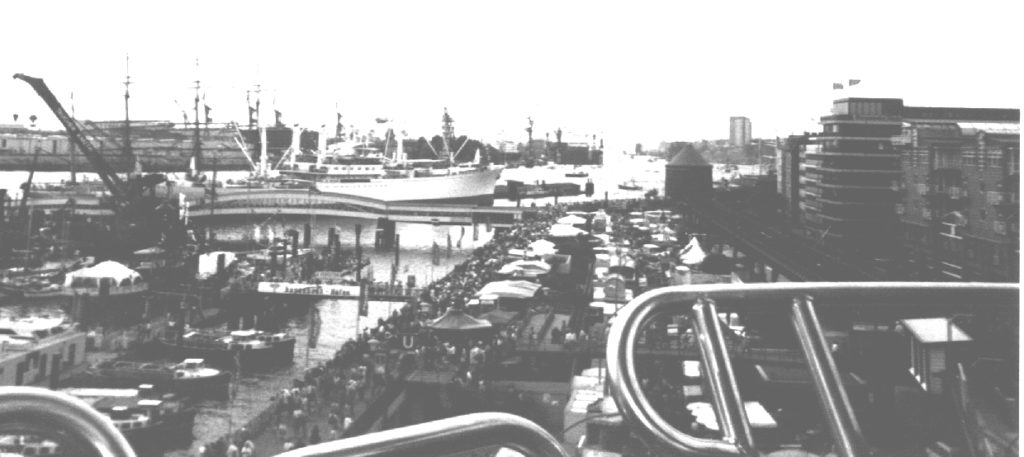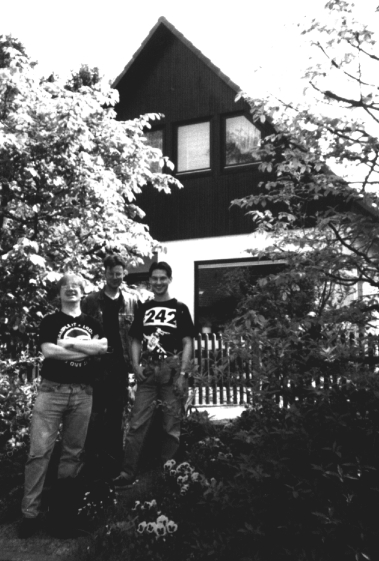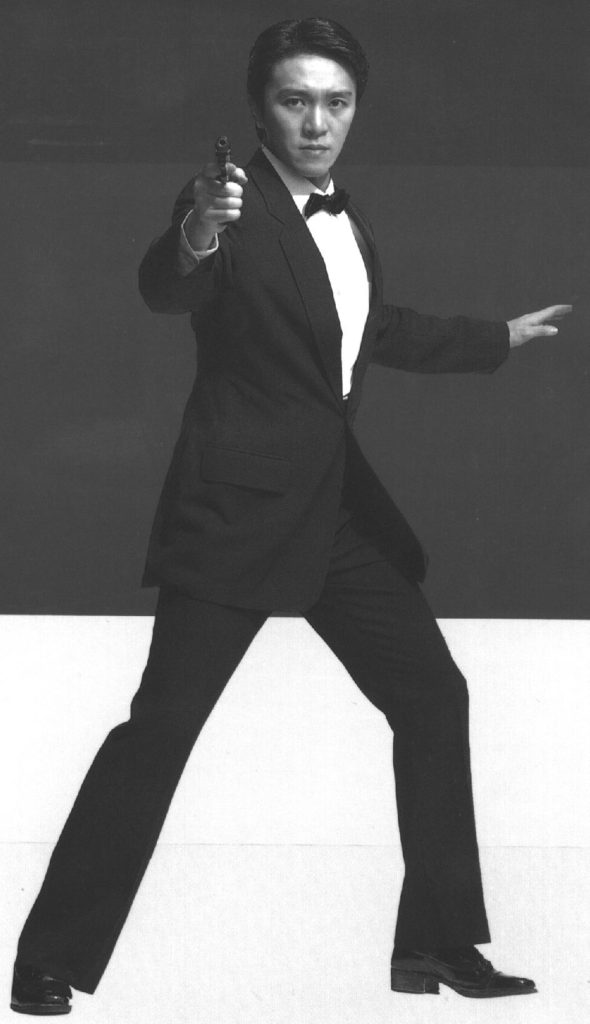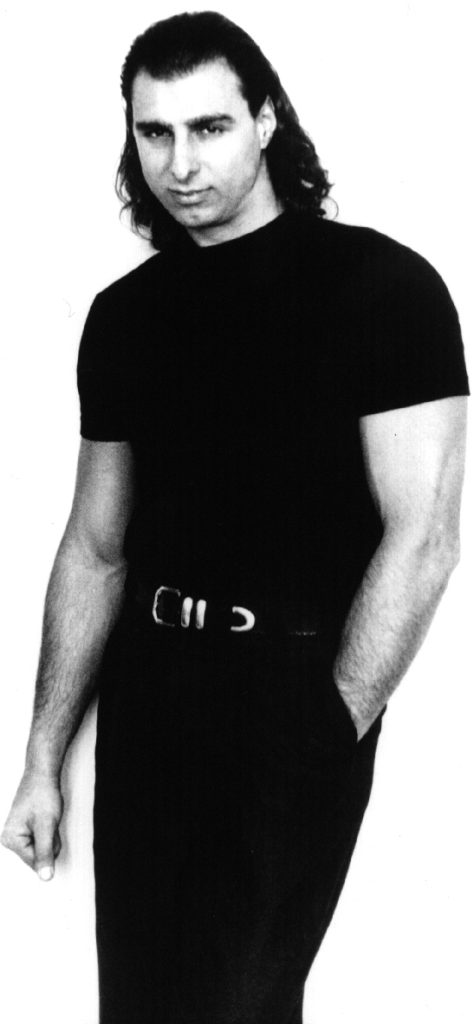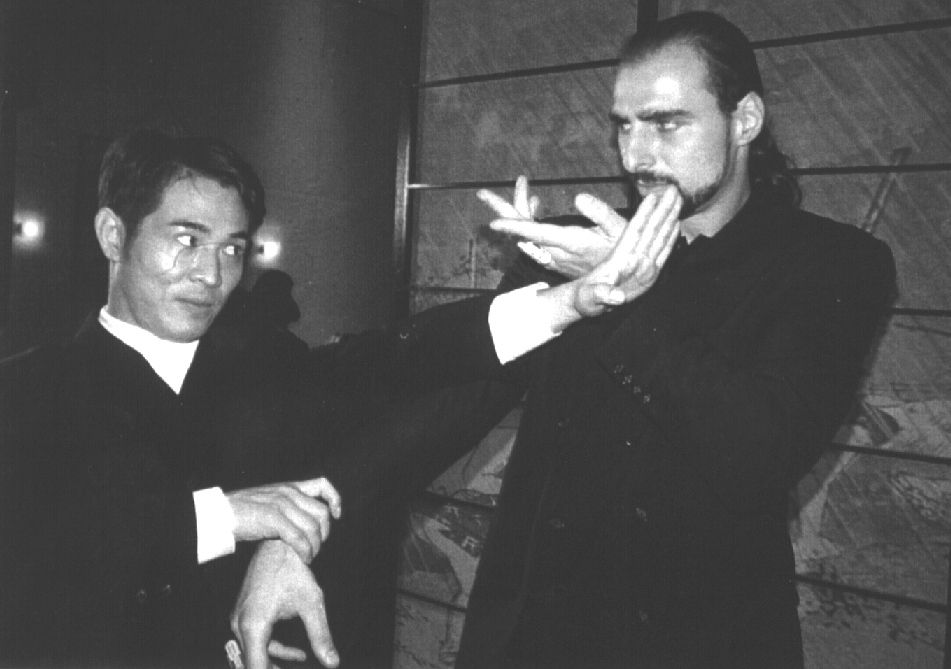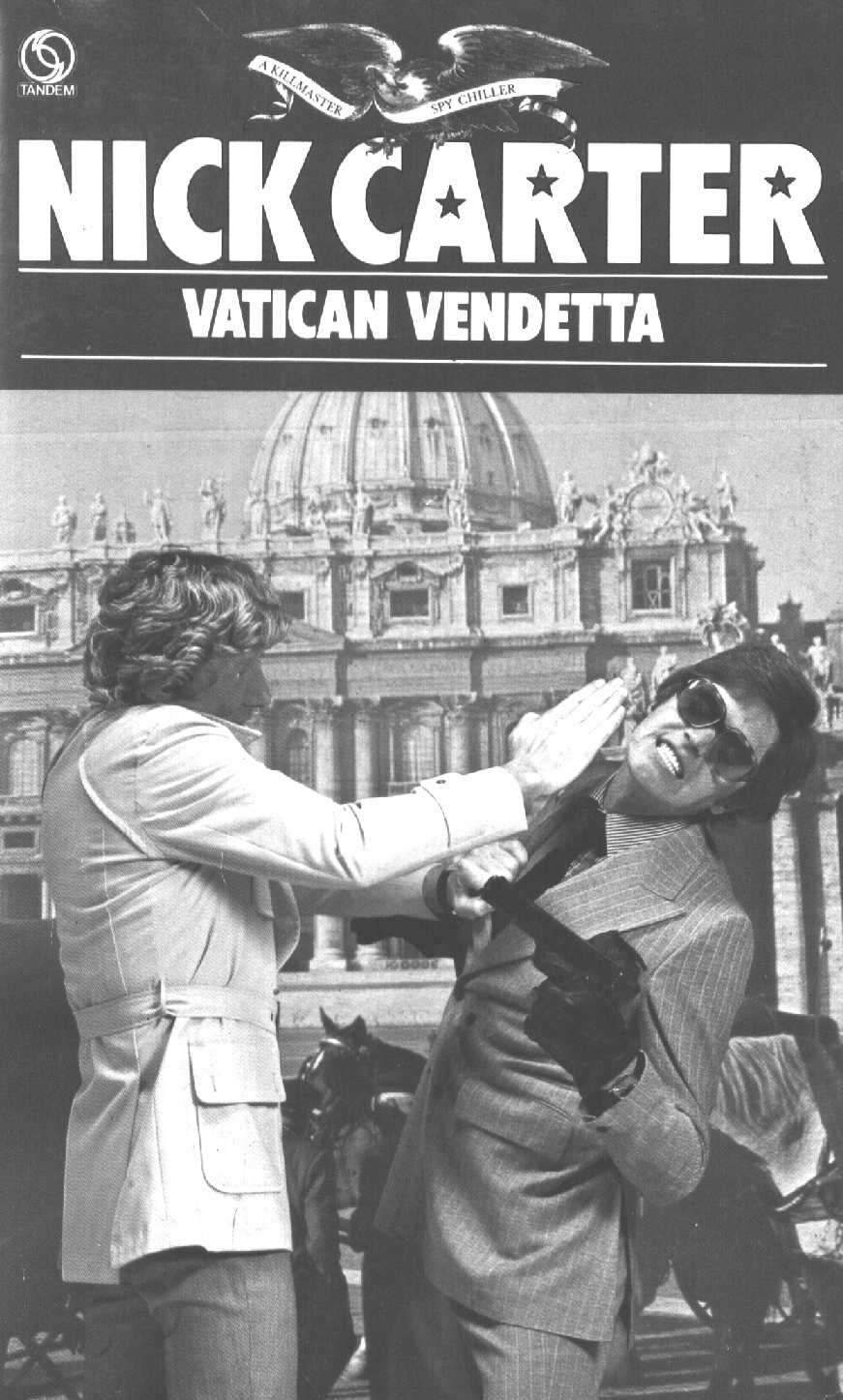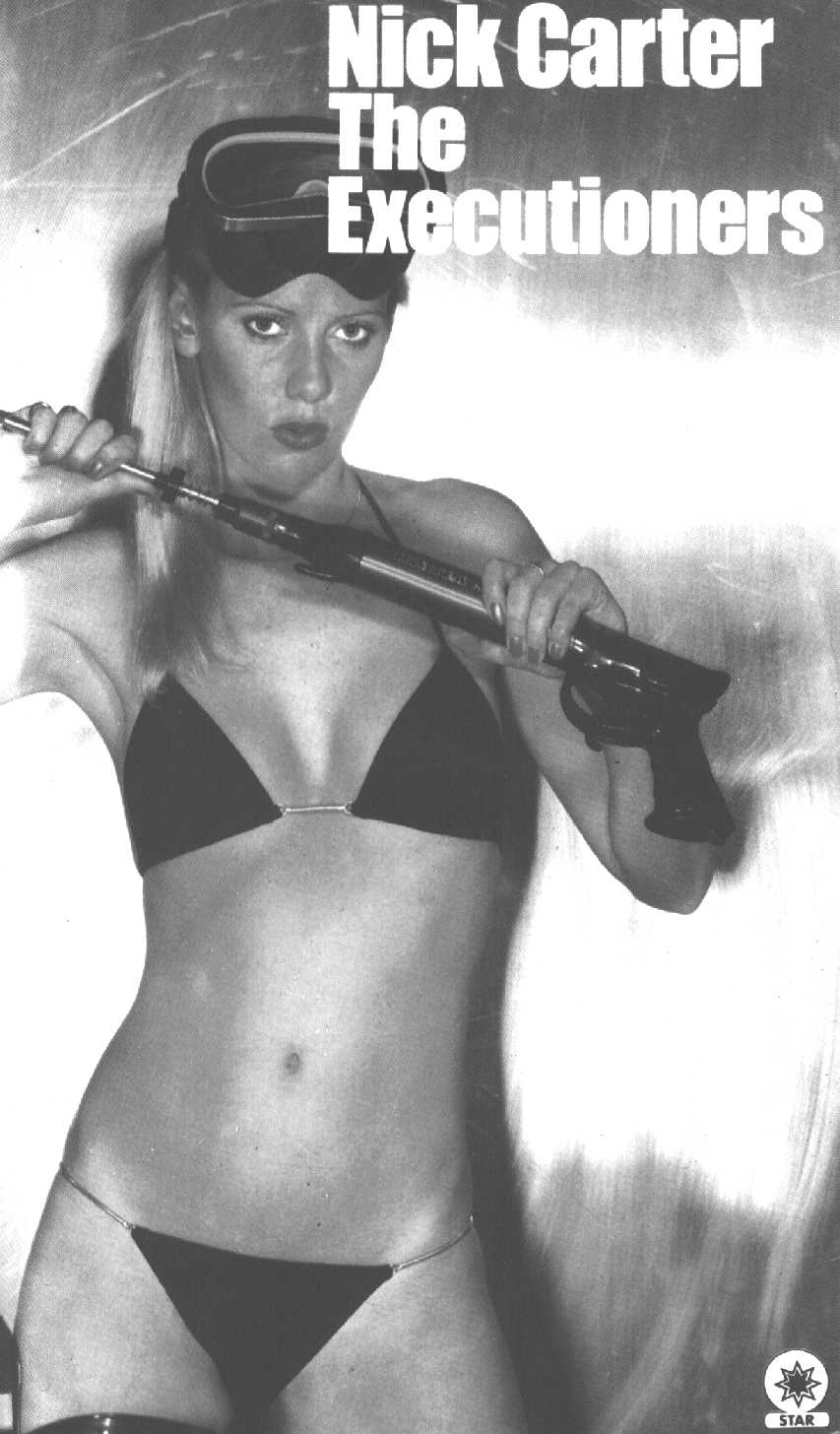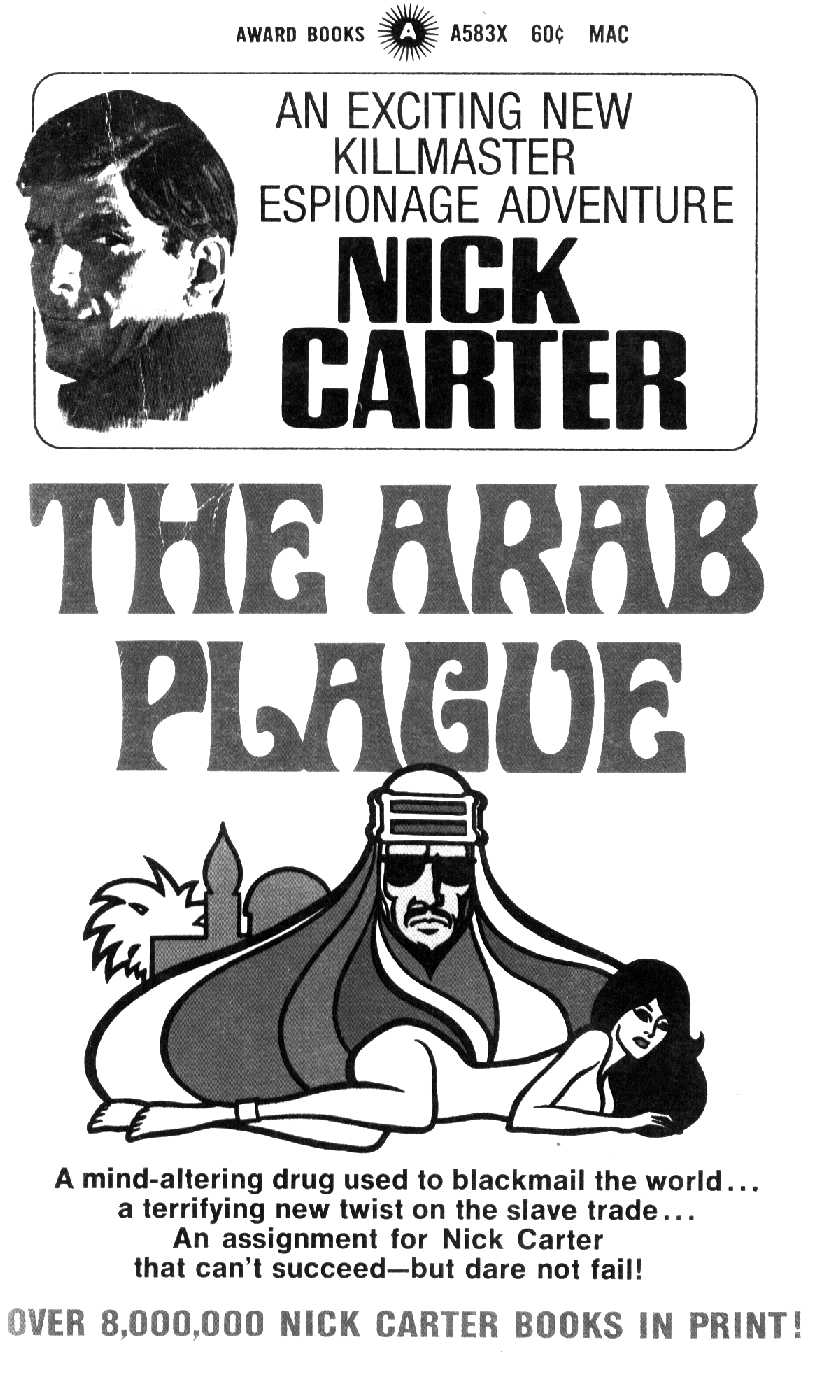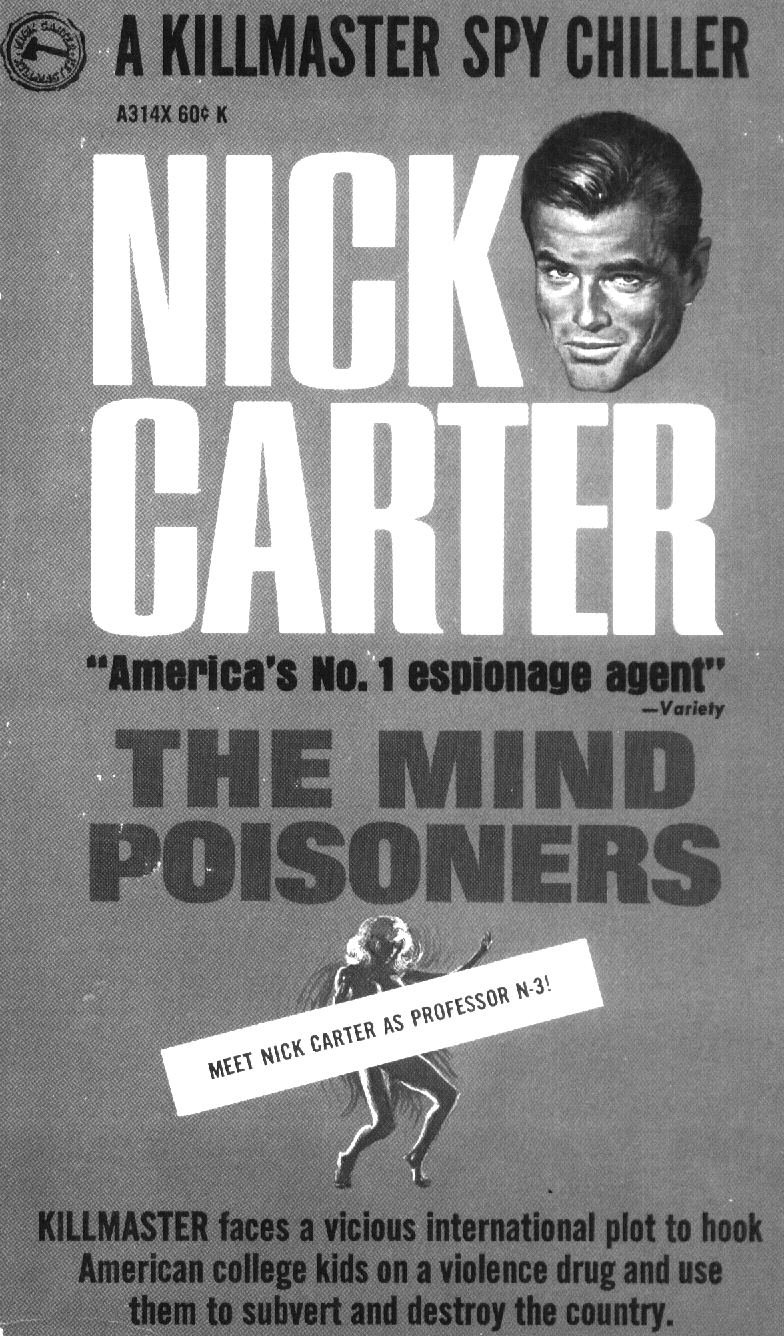Conspiracy Corner: The Tale of the Raven

“Raven, Black as pitch
Mystical as the Moon
Speak to me of magic,
I will fly with you soon.”
Following a disturbing vision of a futuristic, thought controlled fighter craft, Marc Lewes undertook research to explain away the imagery. Far from being deluded fantasy, he collated information from a variety of independent sources to conclude that, somewhere in the world, this awesome, horrific craft does in fact exist. He calls it the Raven.
PART ONE – MIND CONTROL
“I was stationary – atop a ridge. It was night, and everything was still, potent. Soon, prosaic orange lights attracted my attention. In the distance, in rows, marking out what seemed to be a small runway. I went closer, to discover that they were in fact marking out some sort of compound. The soulless feeling of the place caused me to shiver – there seemed to be no spiritual radiance anywhere – even the lights seemed artificial, illusionary, as if they served no other purpose except to illuminate the extremely sinister object squat down on the ground some distance away, loathsome in its savage purity and noxious beauty. It was like the Devil as machine. I watched in a frozen mental embrace, captive to my discovery for a while.”
Section of Raven transcripts, from personal vision, circa 1994.
Remote viewing? Astral projection? Mere pyrrhic fantasy? As I was to discover, the awful truth lay in reality rather than in my mind’s eye. The object described is, in all probability, a new breed of bio-aware fighting craft, an Anglo-American hyper-secret venture. A craft possessing not only anti-gravity capability, but psychic interfacing, lethal + non-lethal weapon capacity, non-combustive power plant and a fluid filled cockpit. Using updated Tesla technology, the latest particle/wave beam offensive and defensive arsenals, drawing on some four decades of high-level, mind-shattering psychical and technological research, the resultant attack craft is nothing if not terrifying.
As astonishing and fantastic as all this may seem, perhaps a conglomeration of too many sci-fi films, fringe literature and hostile projection, unfortunately research and outrageous coincidences led me to believe in at least the stark possibility of such a machine existing, or being under construction. Consider that the SR-11 ‘Blackbird’ technology goes as far back as the Sixties, and Stealth bomber advancements can be traced back to the Seventies, then we have at least twenty years of occult scientific advancement which, to my knowledge, has not been revealed in any tangible form. This is not a UFO problem. The ship I saw was of terrestrial origin, from the very fact that I sensed human involvement, and indeed a human pilot, behind the pitch black flanks and rind of the flying beast.
I do not want to reveal much ideological or political information behind this as yet, because research is ongoing. I was ‘discovered’, in that lonely, desperate spot by the ‘watchers’, or masters of the project, as the entire setup is run, typically, by deranged Government military splinter groups. But these people have strong psychic abilities – indeed this is the crux of their power. For many months I lived in a state of subliminal threat, and ceased to investigate further. Truth will Out, as they say, and, for my sins, this article was born.
Perhaps some readers may have heard of Landig’s Point 109. This was supposedly a secret meeting place, where high level members of the scientific and political groups, from all countries were to meet, near the North Pole, in the latter years of WWII. The purpose was to reveal Nazi V3 technology, the fabled WWII UFO’s (Foo Fighters). Apparently, some propulsion method beyond simple rocket science had been invented…or given. The Morris Jessup information published in the 50’s, following Project Rainbow revelations? Russian secret science? This, however, ties up with hollow Earth theories, and is now almost mythological. Fascinating, but largely inconclusive. The answers lay with hard, if not occult science.
The Dark Craft, or ‘Raven’ as I dubbed it would not go away, and continues to persist. All the while it is in my consciousness, darting about in its inimitable way, dominating the airspace, its energy waves ‘irradiating’ water as it flew low level. Its propulsion unit glowing like the coals of hell, crystal/wave dynamics producing finely attuned beams of energy. Surging it forward like a thought. The whitened, albino pilot, in the womb like cockpit, literally thinking his way around, sensing threat, mindfully activating counter attack. Who was behind this? How was it conceived and constructed?
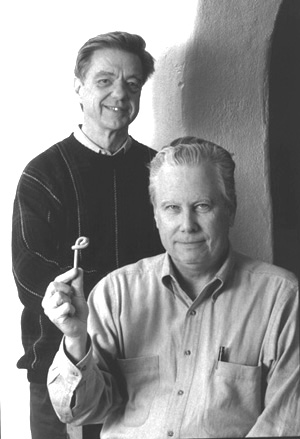
My first investigations led me to a man codenamed ‘Penguin’ – Col. John B. Alexander (US Army Intelligence and Security Command – read NSA). An ex-commander of Green Beret Special Forces in Vietnam, he is also the man who first came up with the concept of non-lethal weapons 19 years ago. In December of 1980 he published an article in the US Army Journal, Military Review, entitled ‘The New Mental Battlefield’. This gained the attention of senior Army generals who encouraged him to pursue his nefarious work. In the article, he mentions that telepathy could interfere with the brain’s electrical activity (telepathy was scientifically and irrefutably proven by secret Russian experiments using rabbits on submarines as far back as the 1960’s).
Retiring from Army life in 1988, he joined Los Alamos National Laboratories, infamous for weapons research, working with Janet Morris, the Research Director for US Global Strategy Council (USGSC). She is also the co-author of ‘The Warrior’s Edge’, initiated into the art of Bio-energetics, and graduated from the Silva course in advanced mind control. More to the point, she has been conducting remote viewing experiments for fifteen years, and researching the effects of the mind on probability in computer systems. That two highly qualified, radically thinking people collaborated on such strange and disturbing projects, under the auspices of the US Government, seemed incredible. Perhaps, after all, my vision might have some credence, some basis of reality. The connections were, as we shall see, too powerful, too direct, too circular. There seemed a common goal for all these disparate, strange people and their occult research. I had a feeling I knew what it was.
Los Alamos, mentioned earlier, prides itself on cutting edge weapons research, notably the atom bomb, and is relatively well known. What is less well known is the fact that immediately after the Second world war, it was mostly staffed by ex-Nazi scientists. Not one or two, but several hundred. Starting as Operation Lusty, when Germany was scoured for scientific blueprints, prototypes, and scientific papers the Allies soon realised that there was a wealth of superior technology and information. Colonel Donald Putt, the man in charge, decided that he wanted more than the scientific spoils of war – he wanted the brains behind them. Thus Operation Paperclip was born, and the Nazi scientists were shipped over, including the notorious Albert Speer, and Herr Kammler, architect of Auschwitz.
 Thus, with blood on their hands, these men were soon contributing to and shaping the destiny of the American space programme, culminating, of course, with the Apollo moon landing. What is clear is that without Nazi technology, this would never have been possible. It was to this legacy that Colonel Alexander wedded himself, working for the USGSC, with great interest in mind-control and non-lethal weaponry, such as microwave devices. This man seemed at the hub of the problem, the vision I had experienced some four years ago.
Thus, with blood on their hands, these men were soon contributing to and shaping the destiny of the American space programme, culminating, of course, with the Apollo moon landing. What is clear is that without Nazi technology, this would never have been possible. It was to this legacy that Colonel Alexander wedded himself, working for the USGSC, with great interest in mind-control and non-lethal weaponry, such as microwave devices. This man seemed at the hub of the problem, the vision I had experienced some four years ago.
So far, I had established, if the research was to be trusted, that certain top-level mind-control programmes were in operation, and had been for decades. This is well known, but to have a clear link with the control of computer systems, such as Janet Morris’ research was fantastic. This tied in with the notion of a thought controlled craft, piloted from a bio-reactive cockpit, one filled with fluid and sensory devices. Rather than a ‘brain link’, there were no direct links – a mesmeric, highly attuned psychic interface through months of conditioning. Is such a thing possible? Could a person be trained to such a degree, and deal with the split second decision making of combative avionics? Of course! Using a combination of Neuro Linguistic Programming, meditation, psychotronic development (interface with machines), bio-energetics, a reactive sensory medium (such as the fluid)…does all this sound ridiculous? Perhaps it may come as a surprise that the first incident of a computer reacting to thought patterns was in 1974 when neurophysiologist and electronic engineer Lawrence Pinneo, working for Stanford Research Institute (a military contractor), came up with a system that was able to correlate brain waves off an ECG with specific commands. As far back as then a computer could respond by moving a dot on a TV screen. Obviously this is very basic, but we have had 25 years to develop much more sophisticated systems. Enhanced states, drug induced or low level directed electromagnetic waves combined with these new systems would enable someone to largely pilot a craft with their mind alone.
There is a wealth of information that I cannot go into here. Needless to say, the information is overwhelming in favour of this craft, the Raven, being easily realised. I split the investigation into five areas, which will be explored later briefly in part 2 of this treatise. I had established tentatively that a mind/complex machine interface might be possible, something a little more organic and holistic than Firefox. But what about propulsion? The weaponry? The funding? Why hadn’t anyone else seen, or mentioned it? Why the strange effects I saw in further visions as it flew low level? I had my man – John Alexander, and his cohorts. But his modus operandi was all theory, all in the mind. How did the collusion between him, the air force and secret weapons programmes come about? And was there any defence against this seemingly invincible dark fighting machine which sullied the skies?
I was to find out that the answers, as usual, were where I least expected them to be.
MARC LEWES
To be continued…

